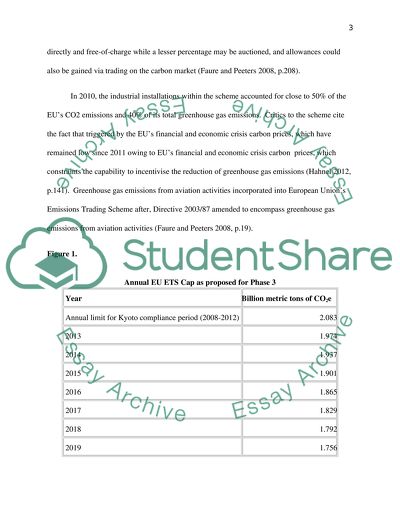Cite this document
(“Market-Based Instruments of Environmental Policy in Practice: The Essay”, n.d.)
Retrieved de https://studentshare.org/environmental-studies/1490173-market-based-instruments-of-environmental-policy
Retrieved de https://studentshare.org/environmental-studies/1490173-market-based-instruments-of-environmental-policy
(Market-Based Instruments of Environmental Policy in Practice: The Essay)
https://studentshare.org/environmental-studies/1490173-market-based-instruments-of-environmental-policy.
https://studentshare.org/environmental-studies/1490173-market-based-instruments-of-environmental-policy.
“Market-Based Instruments of Environmental Policy in Practice: The Essay”, n.d. https://studentshare.org/environmental-studies/1490173-market-based-instruments-of-environmental-policy.


